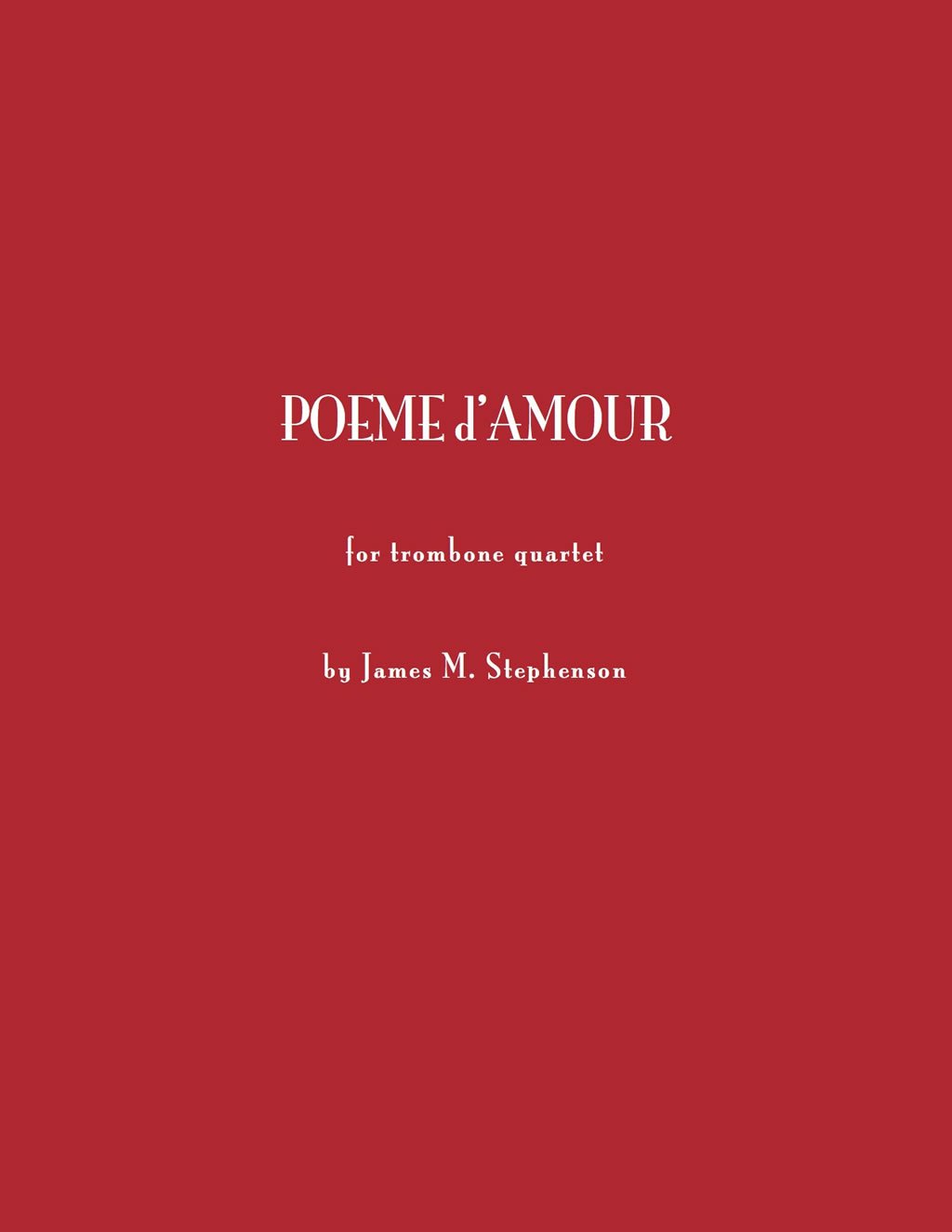Octet
$40.00 – $200.00
15′
For flute, A/Bb clarinet, 2 bassoons, C trumpet, Bb trumpet, trombone, bass trombone
Audio samples:
(recorded by WIU faculty; conducted by Mike Fansler)
Orders will be shipped after January 1, 2022 following premiere by consortium members.
Description
Octet
by James Stephenson
duration: 15′
instrumentation: flute, A/Bb clarinet, 2 bassoons, C trumpet, Bb trumpet, trombone, bass trombone
Co-commission spearheaded by Western Illinois University; Mike Fansler, director, and University of Texas El Paso; Brad Genevro, director.
Consortium participants listed below.
Program notes – by the composer:
This piece is certainly meant to stand on its own, but so much of it is indebted to the gold-standard of octets – composed by Igor Stravinsky in 1923 – that a paired performance would certainly be most welcome.
I played his Octet probably nearly 10 times during my career as a trumpet player. It was always a tremendous reward to try to accomplish all of the subtleties and clever writing he incorporated for all of the musicians.
One thing I have always loved about Stravinsky’s writing is how he dovetails lines, handing from one instrumentto the other, and how it is therefore the players’ responsibilities to make those seamless. It’s like handing a baton from one runner to the next in a relay race.
But in the macro sense, composers are always handing the baton to each other, from one generation to the next. While I could never claim to be near Stravinsky’s level, I feel like we’re hanging out together while I’m writing a piece like this. He’s handing his piece to me like a baton in a relay, and I take it and do my own thing with it. As a result, there are tributes to him throughout this piece; some obvious, and some really subtle.
The first movement employs some of the aforementioned dove-tailing immediately during a brief introduction. Right away, however, the music “grooves” in a modern way, as if to signify that we are no longer in the world of 100 years ago.
The second movement is entirely lyrical (no theme & variations like Stravinsky’s), and allows various soloists the spotlight, while accompanied by (again) a dovetailing effect over an unusual 9/8 pattern.
The third movement might be the most closely related to that of Stravinsky. Similar rhythmic and spiky writing are used, but again, presented in a language a bit more related to this century.
The ending, however, is entirely a tribute (I admittedly felt “risky” in writing it). The ending to his octet is absolutely magical. It takes us to another world. Mine attempts some of that – again, in an obvious tribute. I thought about shortening some of the repeated segments, but then I thought: “no – let’s see if we can allow the audience to enter some sort of zen-zoning-out phase.” To get the effect, the players will have to be totally committed to it. The last chord is entirely Stravinsky’s – but with the flute up an octave to signify that this octet is new!
My sincerest thank you to Mike Fansler for spearheading this project, and to Brad Genevro for his participation as well. Mike has shown a lot of support for my music, including my Devil’s Tale, a sequel to Stravinsky’s “Soldier’s Tale”, and pieces like these that simply wouldn’t exist without his confidence in having me write them.
A sincere thank you to the following consortium participants:
Gustavus Adolphus College: James Patrick Miller
Melbourne Conservatorium: Nicholas Williams
Northern Colorado Bands: Wesley Broadnax
Rutgers University: Todd Nichols
University of Auburn: Rick Good
University of Kentucky: Cody Birdwell
University of Nevada at Las Vegas: Tom Leslie
University of Wisconsin at La Crosse: Justin Davis
~ Jim Stephenson; March 13, 2021
Additional information
| Duration | |
|---|---|
| Featured Instrument | |
| Type of Purchase | |
| Type of Work |





